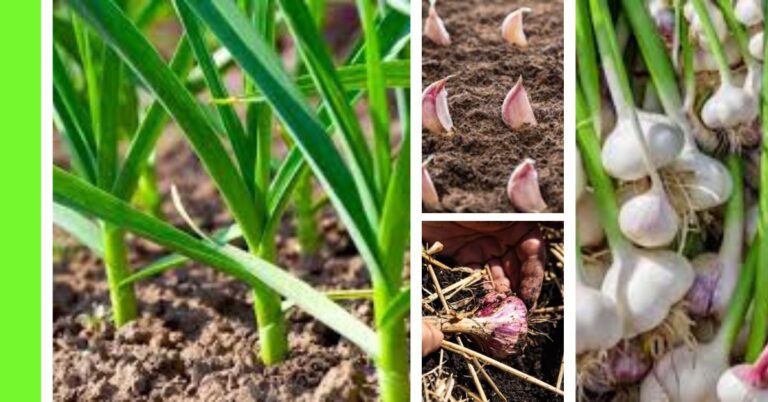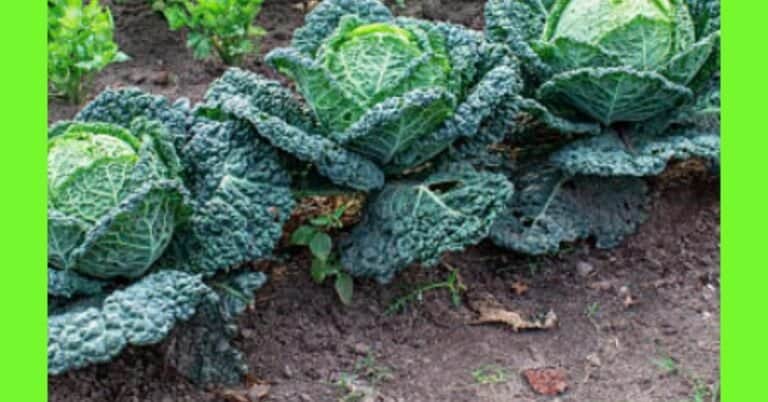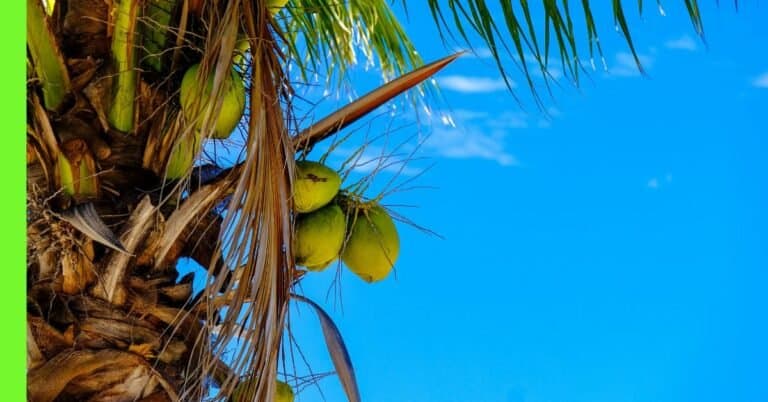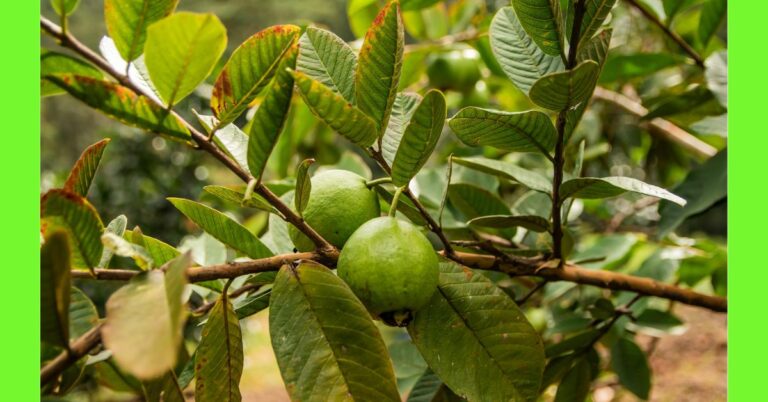Planting Cucumber: See How To Plant Cucumber
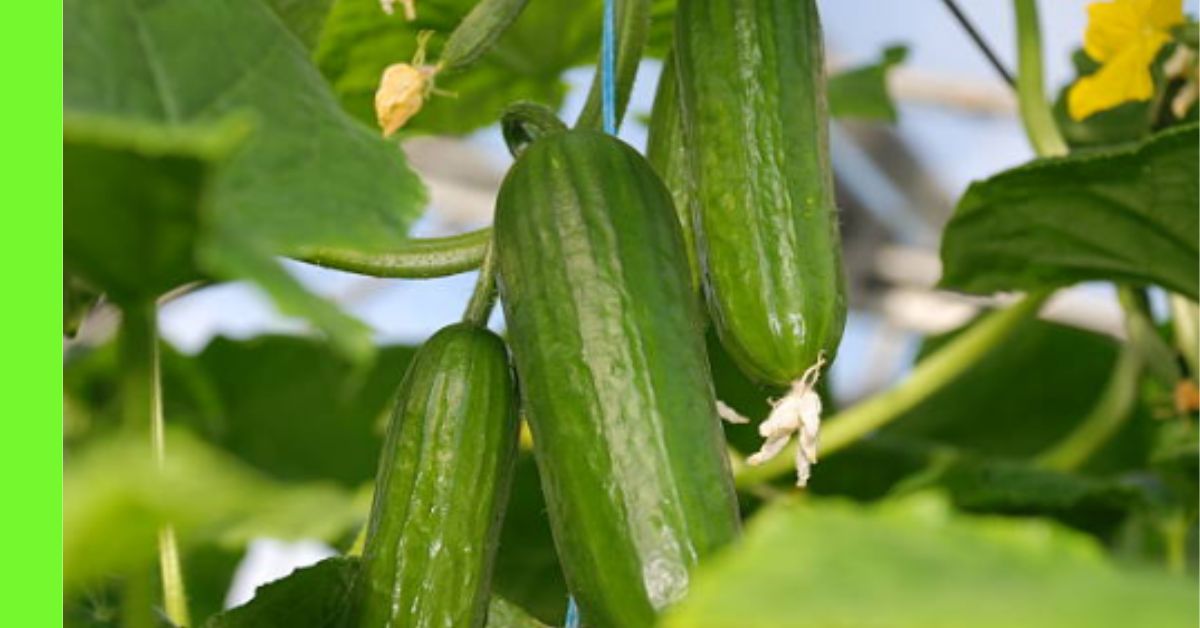
Cucumber also known as Cucumis Sativus is a vegetable known for its numerous nutrients and is commonly planted in Nigeria.
Have you ever wondered how interesting it would be to grow cucumber in your garden,
And have fresh grown cucumbers, try out delicious recipes for salads, vegetable juice and enjoy the natural taste of this remarkable vegetable?
Let’s make this happen as we show you how to grow cucumber in simple steps.
Let’s get started…
Description of the Plant
Cucumber plant is a creeping vine that has its roots in the ground and stems that climb with curling tendrils.
It has large leaves that form a canopy over the fruits and bright yellow flowers that produce the fruit.
These flowers are 4 cm (1.6 in) in diameter, the plant can have 4 or 5 main stems.
The fruit varies in shape but generally have curved cylinder ends.
Planting Season for Cucumber
Cucumbers can be planted all year round in Nigeria however, in the rainy season it’s planted from April to October, whereas in the dry season in October to March, dry season planting requires irrigation.
Planting Cucumber
Step 1 – Choose a Location
The planting location should have good soil, preferably Sandy loamy soil.
It should have enough access to sunlight or tropical climatic conditions because it can only grow well in this condition.
Cucumbers grow well in Nigeria.
Step 2 – Land Clearing and Preparation
Before you plant, clear and prepare the soil for planting
Cut down shrubs and grasses, remove any dirt such as nylons or paper
Till the soil to loosen it,
Apply a good quantity of manure to the soil.
Step 3 – Seed Selection when Planting Cucumber
We have various species of Cucumber in Nigeria, some include: Murano F1, Darina F1, Poinsett, Nandini F1 and Market more.
Get the seed or seedling.
Look out for the best species of your choice.
Step 4 – Plant the Seed
To plant cucumbers, after you have selected the seed.
Make ridges on the manured land.
Then make holes on the ridges and plant 1 or 2 seeds into the holes and cover
A spacing of 45 cm (18 in) to 70 cm (28 in) between each plant.
Allow it to grow.
Cucumber seeds do not have to be soaked before they are planted.
cucumber can be grown in containers, a container about 30 cm (11.8 in) deep will do.
Step 5 – Watering
Water immediately after planting
During the rainy season watering may not be necessary but water at least twice a week in the dry season.
Water plants well to prevent the cucumber from tasting bitter.
Water the plant early in the morning or in the evening when the sunsets,
Do not water the plant when the sun is out.
Step 6: Staking
This is a very important part of cucumber planting as it is a creeping vine.
This is done by placing a rod or stick close to the plant and gently attaching the plant to the stake.
Step 7: Apply Manure
Manure like farmyard manure (cow dung) or chicken manure should be applied in your soil in good quantity before and after planting of the cucumber plant.
Step 8: Pruning
Pruning the plants to help it grow better..
Maturity and Harvest
Cucumbers mature 50 – 70 days after planting and should be harvested within this time,
When to harvest the crop exactly at this point of maturity is up to you but be aware that the longer the plant stays on the plant the harder the seeds become and they are exposed to damage.
By this time they should be 2.5 cm (1 in) to 25.4 cm (10 in) long depending on the species
You can harvest cucumber by using a knife or clipper to cut off the fruit from the plant.
One cucumber plant can produce as much as 15 to 20 cucumbers per plant.
Cucumber plant keeps producing cucumbers for about one months before the plant dries out.
To constantly have cucumbers for harvest plant every two weeks.
Pest and Diseases
Pests
Some of the pest that affect cucumber include
- Cucumber Bettle
- Squash Bugs
- Aphids
- Whiteflies
Diseases
Some of the diseases that affect cucumber include
- Anthracnose disease
- Cucumber Mosaic Virus disease
- Downy mildew
- Blossom-end rot
- Powdery mildew
Pest and Disease Control
- Destroy infected plants
- Choose resistant varieties
- Rotate crop
- Maintain proper PH
- Mulch
Companion Crops
Companion crops when planting cucumber include
- Corn
- Beans
- Sunflower
- Carrot
- garlic
Crops not to plant alongside with cucumber are;
- Crops in the brassica family are an example of cabbage, broccoli and kale.
- These plants need lots of water or moisture in the soil to produce their leaves and when planted alongside with cucumber they deprive the plant of water.
- Crops like mint should also be avoided as the strong aroma affects the taste of the cucumber fruit.
- Tomato and Potato are heavy feeder so is cucumber so avoid planting them together
- Crops in the same family with cucumber (Cucurbitaceae family), such as ugu (fluted pumpkin).
How To Hand Pollinate Cucumber Plant
The pollination of the plant happens naturally and is carried out by insects such as bees and butterfly
These insects carry the pollen from the male flower of the plant into the female flower.
But for different reasons you could be in a location where there are no bees this can happen in an urban location.
Self pollination is one solution to getting the flowers fertilized to produce fruits.
How to hand pollinate:
- Locate the male flower on the plant and plug it out or insert a brush into the male flower to collect pollen from it.
- Rub the male flower on the female flower to ensure the pollen is exposed or rub the brush on the female flower.
- Repeat this process at least once a week on new female flowers.
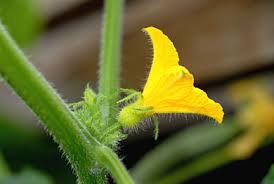
Male flower
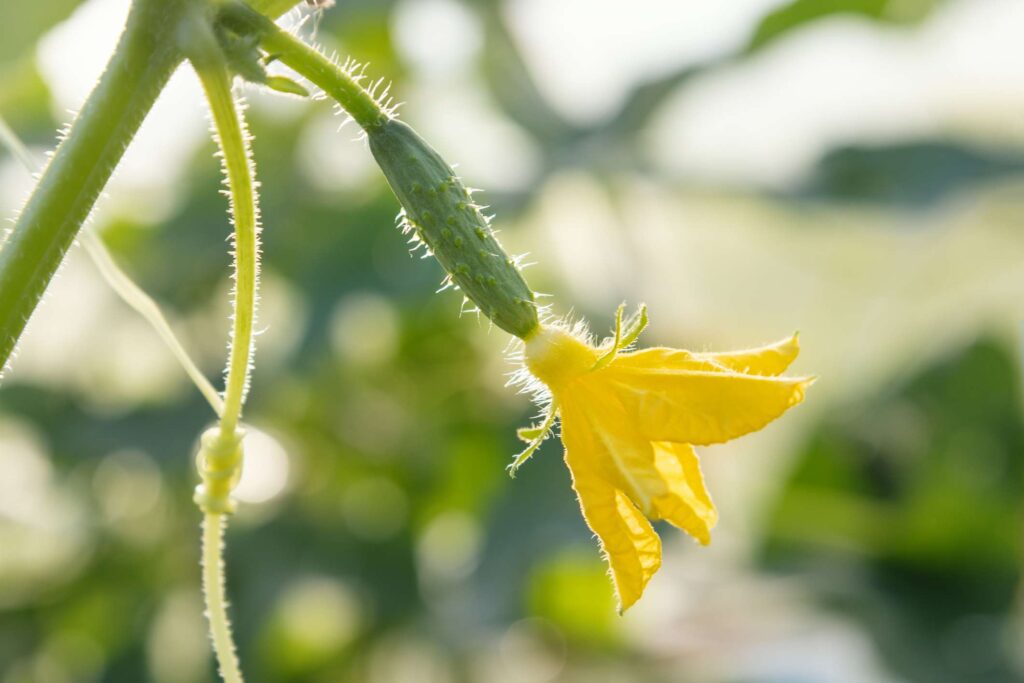
Female flower
Nutrients A Cucumber Plant Needs
| Nitrogen | Moderate |
| Phosphorus | High |
| Potassium | High |
That’s it for now, I hope you find this article helpful?




